How to Draft a Software Licensing Agreement
Part 1 of 5:
Setting up Your Licensing Agreement
-
 Format the document. You should set the font to a comfortable size and style. For example, Times New Roman 12 point is comfortable for most people. You can also play around with font sizes throughout the document if you want to emphasize certain language.
Format the document. You should set the font to a comfortable size and style. For example, Times New Roman 12 point is comfortable for most people. You can also play around with font sizes throughout the document if you want to emphasize certain language. -
 Title the agreement. At the top of the first page, you should center your title between the left- and right-hand margins. You can title the agreement 'License Agreement' or 'Software License Agreement.'[2]
Title the agreement. At the top of the first page, you should center your title between the left- and right-hand margins. You can title the agreement 'License Agreement' or 'Software License Agreement.'[2] -
 Insert an agreement provision if you are creating a mass market license. You might be licensing your software to the mass market. In this situation, it is not practicable to have every purchaser sign a licensing agreement. Instead, the user typically agrees to the terms of the agreement when he or she installs the software. Accordingly, you should include at the very beginning of the licensing agreement a statement that installing the software constitutes agreement with the license's terms.
Insert an agreement provision if you are creating a mass market license. You might be licensing your software to the mass market. In this situation, it is not practicable to have every purchaser sign a licensing agreement. Instead, the user typically agrees to the terms of the agreement when he or she installs the software. Accordingly, you should include at the very beginning of the licensing agreement a statement that installing the software constitutes agreement with the license's terms.- For example, you could write: 'Carefully read this software license agreement ('Agreement'). By downloading the software and/or clicking the applicable button to complete the installation process, you ('Licensee') agree to be bound by the terms of this agreement. If you do not want to become a party to this agreement, do not install or use the software. Instead, return the software within 30 days of receipt. All returns will be subject to the Licensor's return policy.'[3]
- You can put this language in all caps so that it stands out.
- For example, you could write: 'Carefully read this software license agreement ('Agreement'). By downloading the software and/or clicking the applicable button to complete the installation process, you ('Licensee') agree to be bound by the terms of this agreement. If you do not want to become a party to this agreement, do not install or use the software. Instead, return the software within 30 days of receipt. All returns will be subject to the Licensor's return policy.'[3]
-
 Identify the parties to the agreement. If you are not licensing the software to a mass market, then you will create a licensing agreement for two parties: you and the person licensing the software. In the opening paragraph, you want to identify the person licensing the software as the 'licensee' and identify yourself as the 'licensor.'
Identify the parties to the agreement. If you are not licensing the software to a mass market, then you will create a licensing agreement for two parties: you and the person licensing the software. In the opening paragraph, you want to identify the person licensing the software as the 'licensee' and identify yourself as the 'licensor.'- Sample language would read: 'This Agreement is entered into as of [insert the date] ('Effective Date') by and between [insert your company's name], with offices at [insert address] ('Licensor') and [insert name of the company or individual licensing the software], with offices at [insert address] ('Licensee')."[4]
-
 Include your recitals. Recitals are the 'whereas' language in a contract. This language states the motivations of each party for entering the agreement. These recitals are usually fragment sentences.
Include your recitals. Recitals are the 'whereas' language in a contract. This language states the motivations of each party for entering the agreement. These recitals are usually fragment sentences.- For example, you could write, 'Whereas, Licensee desires to license software for the purpose of [insert purpose] and [your company's name] wishes to license this software to Licensee. Now, therefore, the Licensor and Licensee agree as follows.'[5]
Part 2 of 5:
Granting the License
-
 Grant a license to use the software. The licensee can't do anything they want with the software. Instead, you tell the licensee in the license agreement what they can do. At a minimum, you should grant the licensee the right to use the software. You might also want to allow the licensee to modify the software so that it can be incorporated into other software. However, you might want to limit the licensee's ability to sublicense the software to a third party.
Grant a license to use the software. The licensee can't do anything they want with the software. Instead, you tell the licensee in the license agreement what they can do. At a minimum, you should grant the licensee the right to use the software. You might also want to allow the licensee to modify the software so that it can be incorporated into other software. However, you might want to limit the licensee's ability to sublicense the software to a third party.- Sample language could read: 'Licensor grants to Licensee a non-transferable, non-exclusive license to use the software identified in Exhibit A (the 'Licensed Programs') for the purpose of [indicate the purpose]. Licensee may use the Licensed Programs for its own use, and may modify or translate the programs or incorporate them into other software. Licensee is prohibited from sublicensing and transferring the Licensed Programs.'[6]
-
 Identify what the user must give you in return. A valid agreement requires that each side give something in exchange for getting something from the other party. You should identify what the licensee is giving you in exchange for the use of your software.
Identify what the user must give you in return. A valid agreement requires that each side give something in exchange for getting something from the other party. You should identify what the licensee is giving you in exchange for the use of your software.- Typically, the licensee pays a fee. You should list the amount. If there is a fee schedule, under which the licensee makes regular payments, then you should attach the schedule. Refer to it by name, such as 'Exhibit B contains the fee schedule.'
-
 State whether the licensee can copy the software. The licensee might need to make copies for backup or archival purposes.[7] You should state here the reasons copies can be made, if you want to allow copies to be made at all.
State whether the licensee can copy the software. The licensee might need to make copies for backup or archival purposes.[7] You should state here the reasons copies can be made, if you want to allow copies to be made at all.- Sample language could read: 'Licensee may make copies of the Licensed Programs for archival purposes or for backup, as necessary. Licensee agrees to maintain records of the use of any copy. Licensee further agrees to apply the copyright notice on any copies created under this Agreement.'
-
 Clarify that you retain ownership of the software. If you allow copies to be made, you should clarify that you remain the owner of the original software and the copies. Remember, a licensee is like a renter of an apartment. The renter doesn't own the building. Similarly, the licensee doesn't own the software.
Clarify that you retain ownership of the software. If you allow copies to be made, you should clarify that you remain the owner of the original software and the copies. Remember, a licensee is like a renter of an apartment. The renter doesn't own the building. Similarly, the licensee doesn't own the software.- Sample language could read, 'The original Licensed Programs and any and all copies made by Licensee remain the property of Licensor.'[8]
-
 Identify the length of the license. You can have a license last for a certain amount of time or indefinitely so long as the person continues to abide by the licensing agreement. For example, you could write:
Identify the length of the license. You can have a license last for a certain amount of time or indefinitely so long as the person continues to abide by the licensing agreement. For example, you could write:- 'The license under this Agreement shall continue until and unless terminated pursuant to the provisions of this Agreement and subject to Licensee's satisfactory fulfillment of its obligations under this Agreement.'[9]
-
 Identify the reasons you can terminate the agreement. Generally, you state that you can terminate the agreement if the licensee is in default of any terms or condition of the agreement. Also, you typically give the licensee a certain number of days to 'cure' (or fix) the default, e.g., 10 days.[10]
Identify the reasons you can terminate the agreement. Generally, you state that you can terminate the agreement if the licensee is in default of any terms or condition of the agreement. Also, you typically give the licensee a certain number of days to 'cure' (or fix) the default, e.g., 10 days.[10]- Also be sure to include a provision stating that the licensee must return or destroy all copies of the software when the license ends.[11]
Part 3 of 5:
Limiting Your Liability
-
 Decide whether to include a warranty provision. A common warranty is a promise that the software will be in a certain condition. You should decide whether or not you want to include an 'as is' provision or a limited warranty.
Decide whether to include a warranty provision. A common warranty is a promise that the software will be in a certain condition. You should decide whether or not you want to include an 'as is' provision or a limited warranty.- With an 'as is' warranty, you state that you are not warranting that the software is in any condition and that the licensee accepts the software as is.[12]
- You might also include a limited warranty that the software's physical medium is 'free from defects in materials and workmanship under normal use.' You also will warrant that the software should perform according to its printed documentation.[13] You can put a time limit on a limited warranty, such as 30 days.[14]
- Even with an 'as is' warranty, it is standard to warrant that your software does not infringe any third party's copyright or patent. You might include this language: 'At its own expense, Licensor will defend Licensee against any legal action based on a claim that the Licensed Programs infringes a United States copyright, patent, or other proprietary right of a third party.'
-
 Identify the licensee's remedies. You can also agree as to what the licensee's remedy will be if you breach your limited warranty. Including this provision is helpful because you limit the compensation the licensee can seek. For example, you might restrict the remedy to a refund and replacement of any defective software.
Identify the licensee's remedies. You can also agree as to what the licensee's remedy will be if you breach your limited warranty. Including this provision is helpful because you limit the compensation the licensee can seek. For example, you might restrict the remedy to a refund and replacement of any defective software.- For example, you could write: 'In the event Licensor breaches the Limited Warranty, Licensee's sole remedy is to return all copies of the Licensed Programs to Licensor, at Licensee's cost, along with proof of purchase. Licensor will then either send a replacement copy of the Licensed Programs to Licensee or issue a full refund, at its own option.'[15]
-
 Include an indemnification clause. A third party might sue you and the licensee for damage the licensee caused the third party. For example, the licensee might have relied on your software to process orders for its business. When it fails to properly process orders, a customer might sue the licensee—and sue you, too. With an indemnification clause, the licensee agrees to defend you and pay the costs of any lawsuit.
Include an indemnification clause. A third party might sue you and the licensee for damage the licensee caused the third party. For example, the licensee might have relied on your software to process orders for its business. When it fails to properly process orders, a customer might sue the licensee—and sue you, too. With an indemnification clause, the licensee agrees to defend you and pay the costs of any lawsuit.- Sample language could read: 'Licensee agrees to indemnify and defend Licensor. Furthermore, Licensee agrees to hold Licensor harmless from all claims, losses, damages, complaints, or expenses connected to or resulting from Licensee's business operations.'[16]
-
 Add a limitation of liability provision. You should try to include a clause where you limit the ability of the licensee to get money compensation if the licensee sues you. For example, the licensee might claim that your software was defective. It can then sue you for the amount it paid for the license. However, the licensee might also try to get 'consequential' damages for lost profits or for the interruption of its business. You can include a provision limiting the licensee's ability to get these consequential damages.
Add a limitation of liability provision. You should try to include a clause where you limit the ability of the licensee to get money compensation if the licensee sues you. For example, the licensee might claim that your software was defective. It can then sue you for the amount it paid for the license. However, the licensee might also try to get 'consequential' damages for lost profits or for the interruption of its business. You can include a provision limiting the licensee's ability to get these consequential damages.- A sample provision might read: 'Licensor's liability to Licensee under any provision of this Agreement for damages awarded by a court or arbitrator shall be limited to the amounts actually paid under this Agreement by Licensee to Licensor. Licensor shall not be liable for special, indirect, incidental, or consequential damages, including lost profits or interruption of business.'[17]
-
 Include a dispute resolution clause. Sometimes disputes will arise between you and the licensee, and the licensee might sue you in court. Fortunately, you can include a provision in your agreement where both sides agree to first mediate the dispute or to arbitrate the dispute outside of court.
Include a dispute resolution clause. Sometimes disputes will arise between you and the licensee, and the licensee might sue you in court. Fortunately, you can include a provision in your agreement where both sides agree to first mediate the dispute or to arbitrate the dispute outside of court.- A sample arbitration clause might read: 'Any controversy or claim arising out of or relating to this contract, or the breach thereof, shall be settled by arbitration administered by the American Arbitration Association under its Commercial Arbitration Rules. The number of arbitrators shall be three. The place of arbitration shall be Spokane, Washington. Washington law shall apply. Judgment on the award rendered by the arbitrators may be entered in any court having jurisdiction.'[18]
Part 4 of 5:
Adding Boilerplate Clauses
-
 Add a provision on notices. You should tell the licensee how to contact you. Often, you will need to receive formal notification of any dispute. If the licensee doesn't send notice in the proper way, then you can claim never to have received notification.
Add a provision on notices. You should tell the licensee how to contact you. Often, you will need to receive formal notification of any dispute. If the licensee doesn't send notice in the proper way, then you can claim never to have received notification.- For example, you could write, 'Any notice sent connected to this Agreement will be in writing. Notices may be delivered personally or through the mail to the address listed on the first page of this Agreement. A notice is effective upon personal delivery or, if by mail, then five days after a party deposits it in the mail box.'[19]
-
 Include a choice of law provision. If there is a legal dispute, you can decide which state's law will be used to interpret the agreement. Generally, you should pick the state where you are located.
Include a choice of law provision. If there is a legal dispute, you can decide which state's law will be used to interpret the agreement. Generally, you should pick the state where you are located.- A sample choice of law provision could read: 'This Agreement is governed by the laws of [insert state].'[20]
-
 Add a severability clause. Traditionally, if one provision in a contract was invalid, a judge would refuse to enforce any of the other provisions. However, it is now common to include a clause where you state that the remainder of the contract should remain in effect even if one clause is struck by the judge.
Add a severability clause. Traditionally, if one provision in a contract was invalid, a judge would refuse to enforce any of the other provisions. However, it is now common to include a clause where you state that the remainder of the contract should remain in effect even if one clause is struck by the judge.- A standard severability clause reads: 'Should a court of competent jurisdiction find any provision of this Agreement invalid, then the rest of the Agreement shall continue in force.'[21]
-
 Include a merger clause. You want to make sure that the licensee doesn't claim that you made oral side agreements. You can prevent this from happening by including a basic merger clause which states that the written agreement contains the entire agreement between both parties.
Include a merger clause. You want to make sure that the licensee doesn't claim that you made oral side agreements. You can prevent this from happening by including a basic merger clause which states that the written agreement contains the entire agreement between both parties.- 'This Agreement contains the entire understanding of the parties with respect to the subject matter contained herein. The Agreement merges and supersedes all prior agreements, understandings, and discussions, whether express or implied. This Agreement shall take precedence over any additional or conflicting terms contained in Licensee's purchase order or Licensor's order acknowledgement forms.'[22]
Part 5 of 5:
Finalizing the Licensing Agreement
-
 Add signature lines. You should add signature lines if you are not licensing the software to the mass market but instead are licensing the software to an identifiable business or individual. In this situation, include signature lines for you and the licensee.
Add signature lines. You should add signature lines if you are not licensing the software to the mass market but instead are licensing the software to an identifiable business or individual. In this situation, include signature lines for you and the licensee.- Include the following language just above the signature lines: 'In witness whereof, the parties have caused this Agreement to be executed as of the Effective Date.'[23]
-
 Show your draft of the agreement to a lawyer. This article describes a general licensing agreement. Depending on your software, you might need additional or different terms in your licensing agreement. Show your draft to a qualified attorney who can suggest revisions.
Show your draft of the agreement to a lawyer. This article describes a general licensing agreement. Depending on your software, you might need additional or different terms in your licensing agreement. Show your draft to a qualified attorney who can suggest revisions.- You can find a qualified lawyer by contacting your local or state bar association and asking for a referral. You can find your nearest bar association by visiting the American Bar Association website and clicking on your state.
- You can also ask other software developers if they would recommend their lawyer. If so, call up the lawyer and schedule a consultation.
-
 Negotiate with the licensee. You should give the other party a copy of the agreement so that they can look it over with their attorney. They might come back with some suggestions or changes. You should not sign the software licensing agreement until and unless you agree with everything in the document.
Negotiate with the licensee. You should give the other party a copy of the agreement so that they can look it over with their attorney. They might come back with some suggestions or changes. You should not sign the software licensing agreement until and unless you agree with everything in the document. -
 Distribute copies of the signed agreement. Be sure to keep the original in a secure location, such as a safety deposit box or a fire-proof safe. For ease of access, you might also want to scan the signed agreement and create a digital copy.
Distribute copies of the signed agreement. Be sure to keep the original in a secure location, such as a safety deposit box or a fire-proof safe. For ease of access, you might also want to scan the signed agreement and create a digital copy.
4.5 ★ | 2 Vote
You should read it
- How to Remove the Adobe CS4 License Agreement Pop Up
- How to Repossess a Car
- The United States drafted a treaty to exploit the Moon
- How to Research a Topic
- Microsoft requires Samsung to pay additional patents
- BlackBerry 10.3 can run the app from the Amazon Appstore
- Apple and Google 'shake hands'
- How to Sell Software
May be interested
- Samsung costs more money for Nokia's patent
 samsung and nokia have long had a mutual patent agreement, but after nokia stopped the phone business, samsung faced the risk of paying more to use nokia's patent.
samsung and nokia have long had a mutual patent agreement, but after nokia stopped the phone business, samsung faced the risk of paying more to use nokia's patent. - Top 7 electronic lesson planning software
 software for developing electronic lesson plans helps teachers easily draft lectures more.
software for developing electronic lesson plans helps teachers easily draft lectures more. - Xiaomi phones will soon be preinstalled with Microsoft applications
 according to a new report, xiaomi signed a contract with software giant microsoft. this agreement includes patent transfer and pre-installation of microsoft software on xiaomi devices.
according to a new report, xiaomi signed a contract with software giant microsoft. this agreement includes patent transfer and pre-installation of microsoft software on xiaomi devices. - Top 15 free tools for Windows
 referring to the windows platform, you always wonder about the cost of licensing the software. however, there are still many powerful utilities that are free.
referring to the windows platform, you always wonder about the cost of licensing the software. however, there are still many powerful utilities that are free. - OLPC computers will have Windows
 the 'every child one laptop' project has just reached an agreement with the software giant, whereby microsoft's famous windows operating system will appear inside '100 usd' laptops.
the 'every child one laptop' project has just reached an agreement with the software giant, whereby microsoft's famous windows operating system will appear inside '100 usd' laptops. - How to find Instagram post drafts
 when you select a video or image on instagram, if you haven't posted it yet, it will all be saved as a draft. this draft helps you find articles that you haven't posted yet, want to edit the post more completely or change the content posted to your liking.
when you select a video or image on instagram, if you haven't posted it yet, it will all be saved as a draft. this draft helps you find articles that you haven't posted yet, want to edit the post more completely or change the content posted to your liking. - PUBG Mobile Vietnam launches the Official Website, requires gamers to declare Real Name and ID card
 vng - the issuer of pubg mobile in vietnam has opened an official website of pubg mobile vietnam with the announcement of pubg mobile vietnam version and a user agreement to provide clear and key information more accurate to gamers.
vng - the issuer of pubg mobile in vietnam has opened an official website of pubg mobile vietnam with the announcement of pubg mobile vietnam version and a user agreement to provide clear and key information more accurate to gamers. - When will iOS 18 with many outstanding upgrades be officially released?
 with the upcoming developer conference, apple is rushing to finalize an agreement with openai to bring ai features to the iphone through ios 18.
with the upcoming developer conference, apple is rushing to finalize an agreement with openai to bring ai features to the iphone through ios 18. - How to Co‐Own a Car
 if you need access to a car but can't afford to buy one on your own, then you might think about becoming a co-owner. you could also sell a share of your car to a friend or neighbor, which could help you pay off your car loan faster....
if you need access to a car but can't afford to buy one on your own, then you might think about becoming a co-owner. you could also sell a share of your car to a friend or neighbor, which could help you pay off your car loan faster.... - The Chinese government stopped licensing the distribution of video games, approximately 14,000 game businesses had to close
 china's game industry is stagnant, while large corporations have to find ways to reach abroad.
china's game industry is stagnant, while large corporations have to find ways to reach abroad.
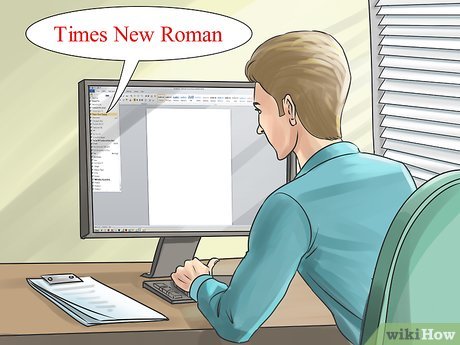

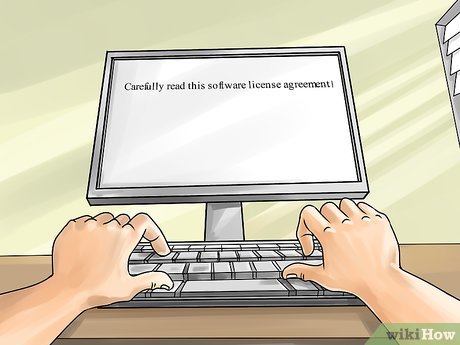
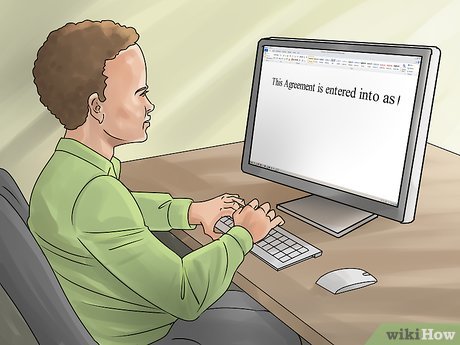
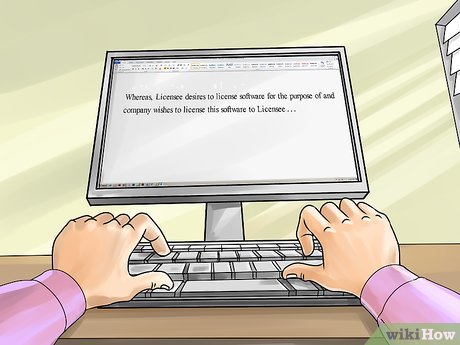
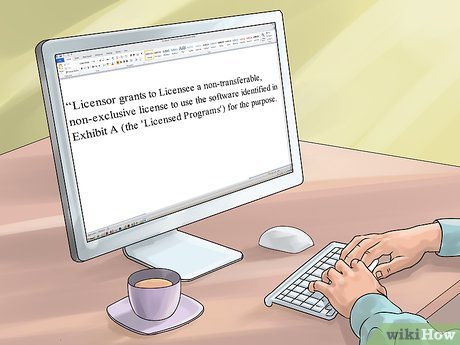
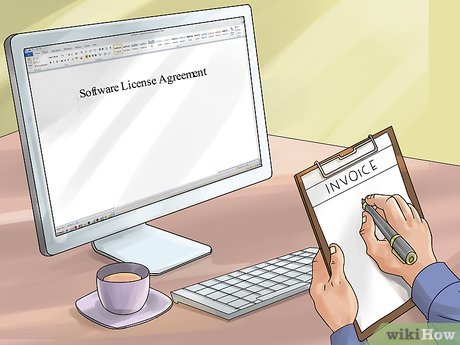
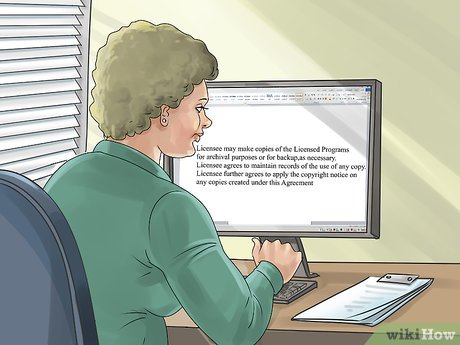
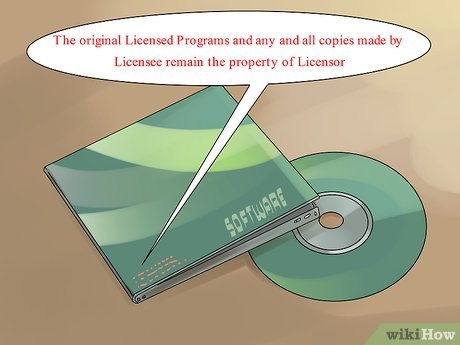
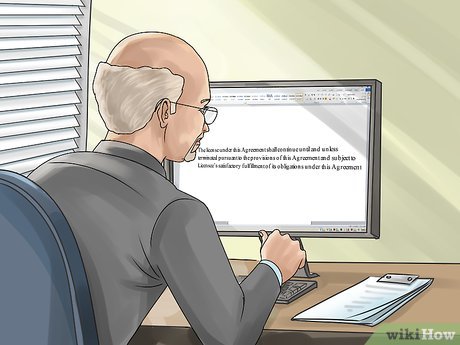
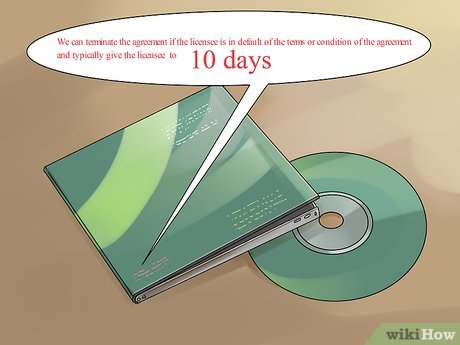
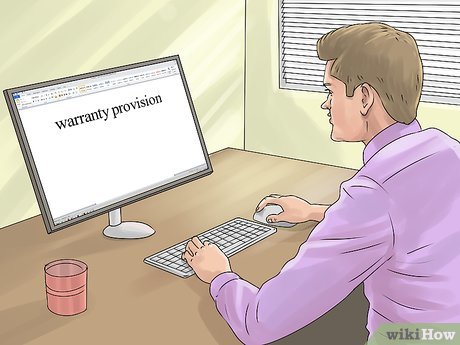
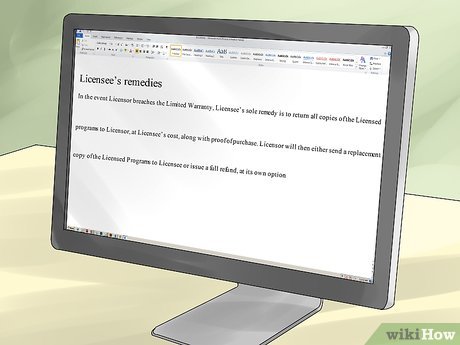
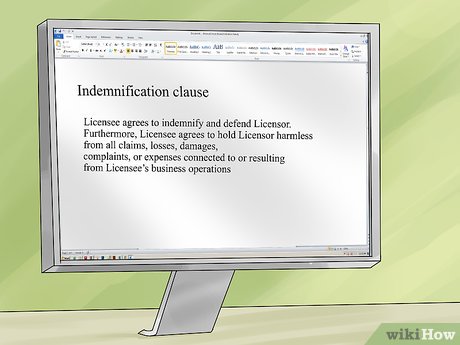
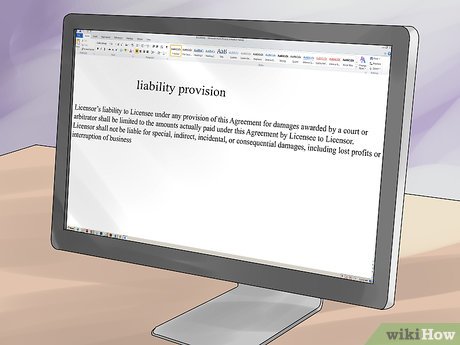
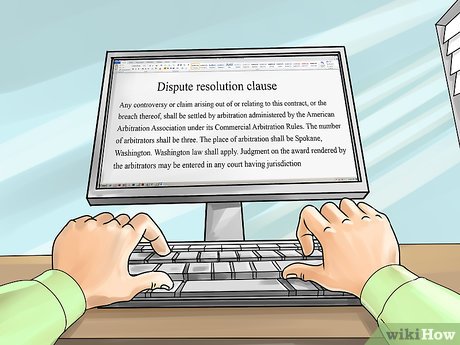
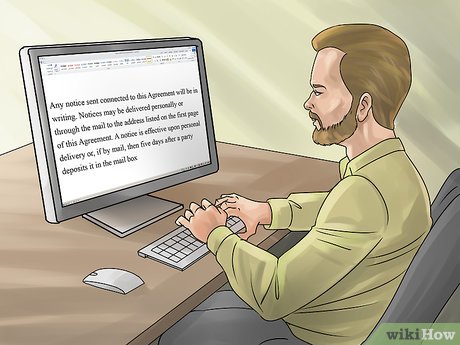
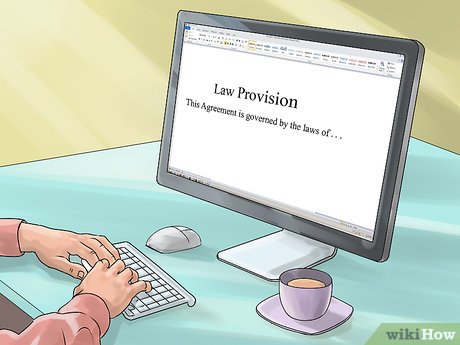
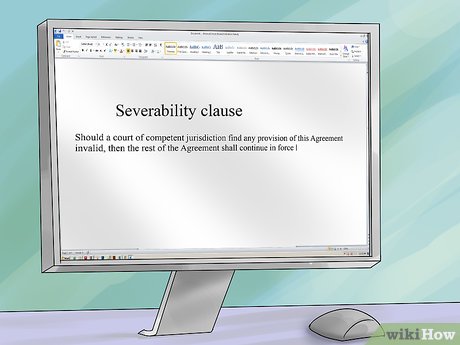
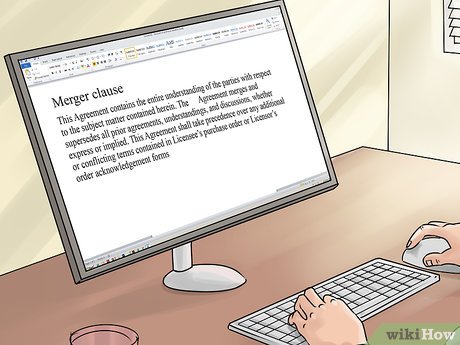
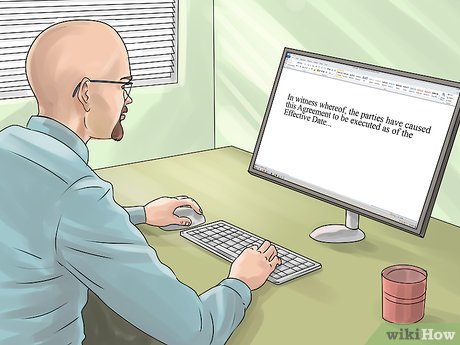










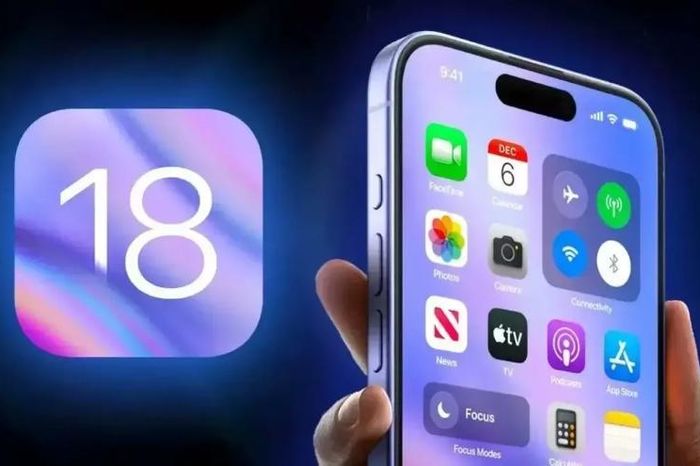


 How to Choose an Email Service Provider
How to Choose an Email Service Provider How to Install Quicken
How to Install Quicken How to Update NOD32
How to Update NOD32 How to Become an Open Source Enthusiast
How to Become an Open Source Enthusiast How to Make Software HIPAA Compliant
How to Make Software HIPAA Compliant How to Protect Your App Idea
How to Protect Your App Idea